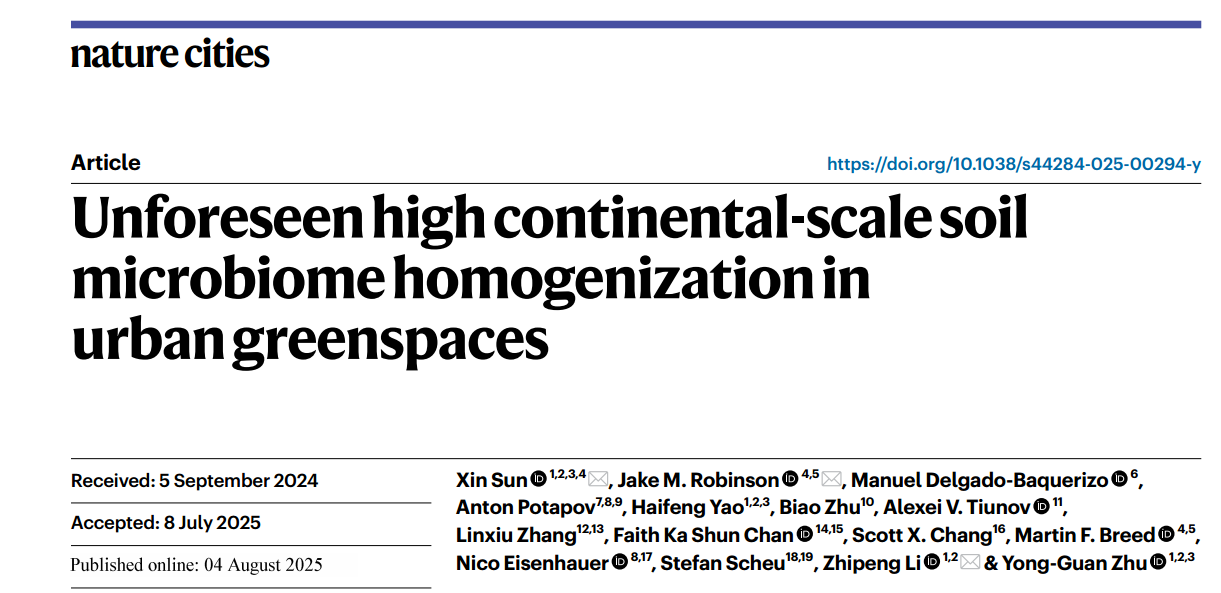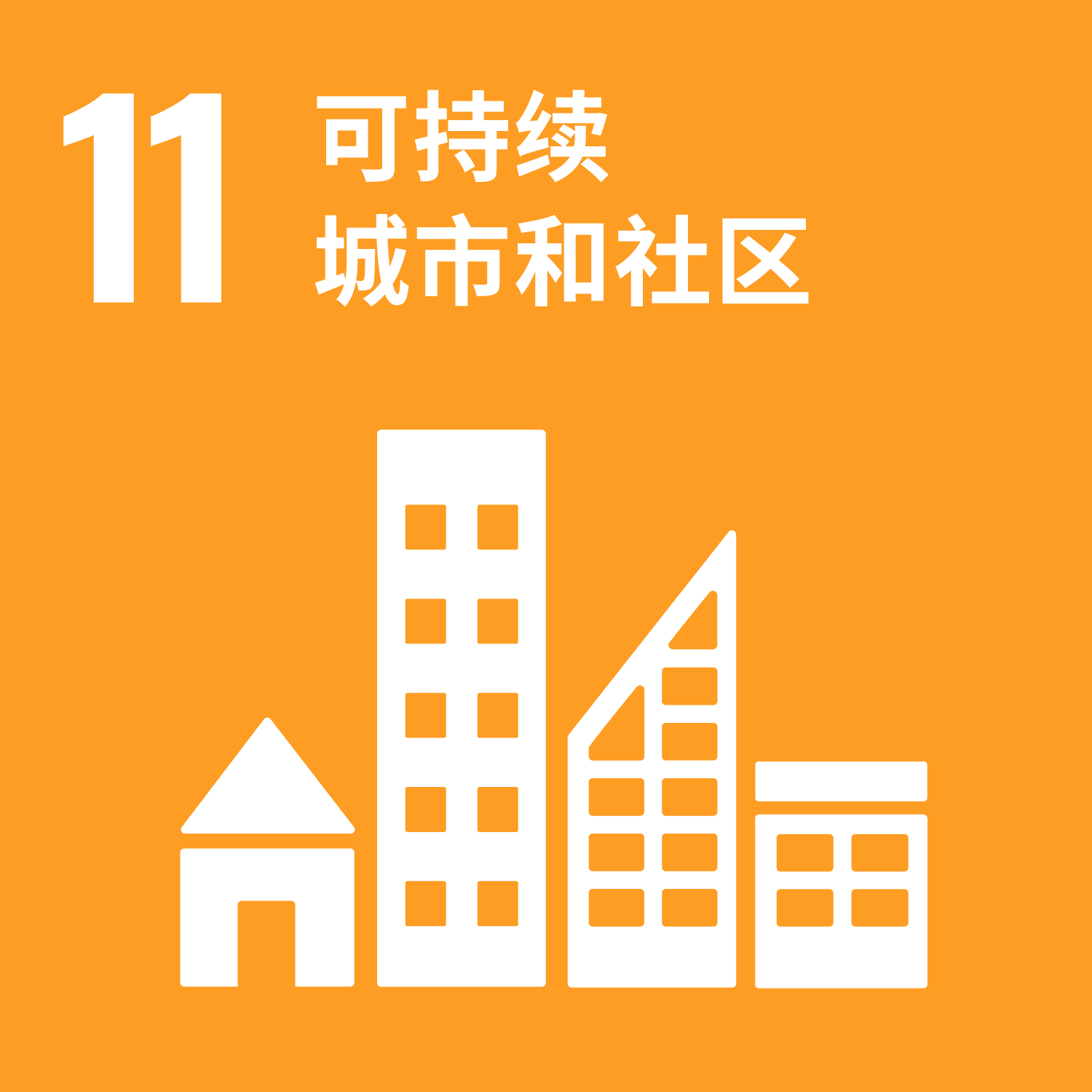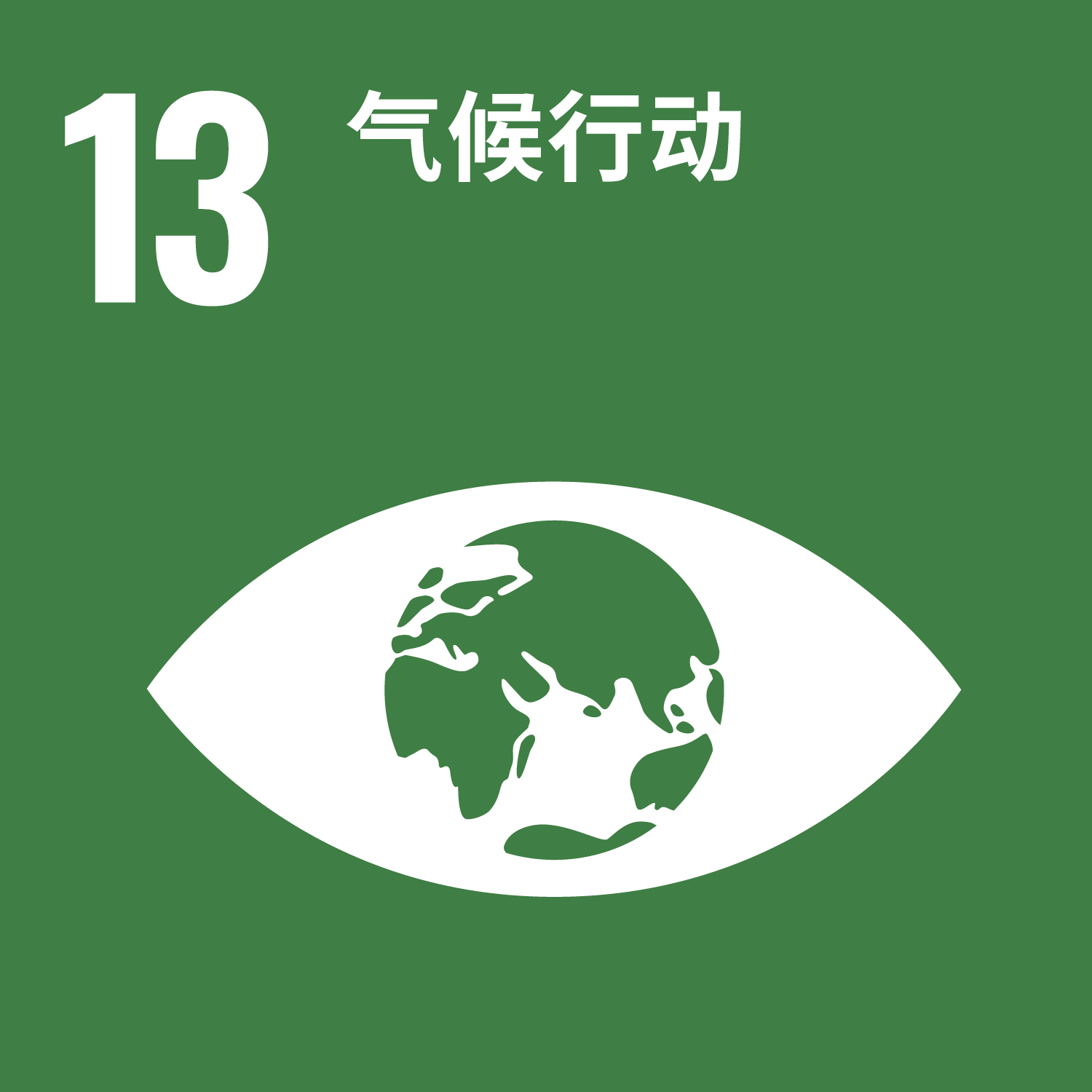与自然生态系统相比,城市绿地土壤往往支持生物丰富度更高但种类更加同质化的土壤微生物群落。然而,目前我们对城市土壤生物群落在局地和区域等多空间尺度上的分布格局仍缺乏系统认知,特别是其与农田等其他高强度人为干扰生态系统之间的同质化程度差异尚不明确,而对其背后的驱动机制更是了解有限。基于此中国科学院城市环境研究所朱永官院士团队孙新研究员领导的城市土壤生态研究组利用环境eDNA技术,在大陆尺度上开展了一项覆盖我国13个城市、涵盖四种土地利用方式的土壤生物多样性与同质化效应及其驱动机制的研究。本研究发现,城市化增加了局地土壤生物多样性,但由于其导致的同质化效应,在区域、大陆乃至全球尺度上可能降低跨类群的生物多样性。具体而言:(1)与农田和森林相比,城市生态系统支持更高的局地土壤生物多样性(包括除了后生动物外的细菌,原生生物和真菌类群),且这种丰富度的提高与城市生态系统中较高的土壤pH值密切相关;(2)多数城市土壤生物群落比森林和农田表现出更加同质的特征,导致大尺度上的生物多样性降低;(3)这种同质化现象在一定程度上源于不同土壤生物类群对环境因子的同步响应,可能导致城市系统中土壤生物群落和功能的稳定性降低。
Soils in urban greenspaces often support higher microbial richness but with more homogenous communities than in natural ecosystems. However, it is not known how urbanization impacts the diversity and homogeneity of soil communities in urban greenspaces compared with other highly managed ecosystems such as farmlands. Here we conducted a continental-scale study spanning 13 cities and four land uses (city parks, residential areas, and adjacent forests and farmlands) in China. We found that urban ecosystems consistently support higher local soil bacterial, protist and fungal (but not metazoan) richness than farmlands and forests. This elevated richness was closely related to higher pH in urban ecosystem soils. Urban greenspaces also supported more homogenous soil communities than farmlands. The results indicate that urbanization drives biotic homogenization and increases synchronous responses to environmental stressors in urban greenspaces at a continental scale. Our findings have important implications for managing soil ecosystem resilience and functional diversity in cities of the future.
Corresponding author: Xin Sun, Institute of Urban Environment, CAS (xsun@iue.ac.cn)






